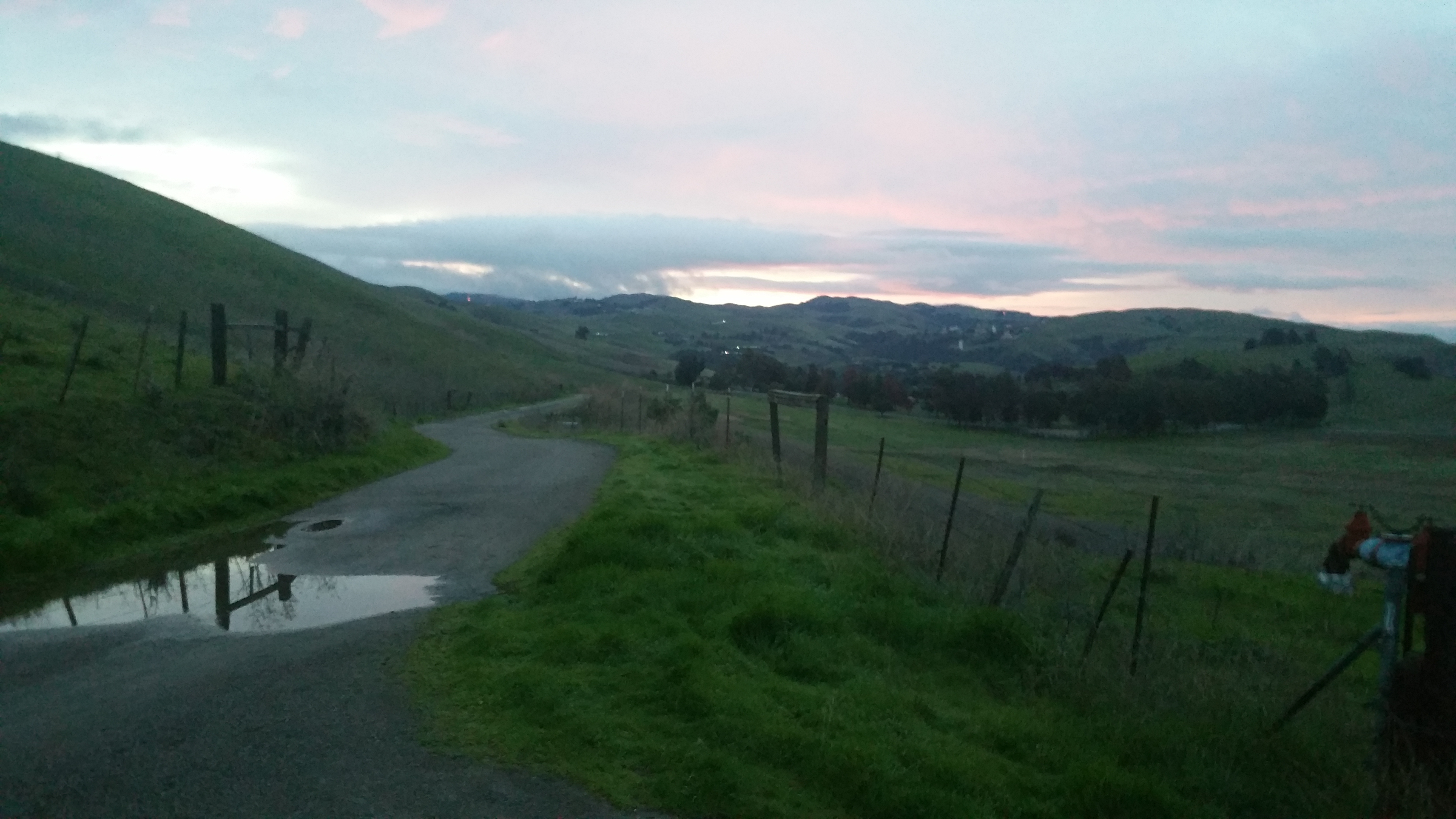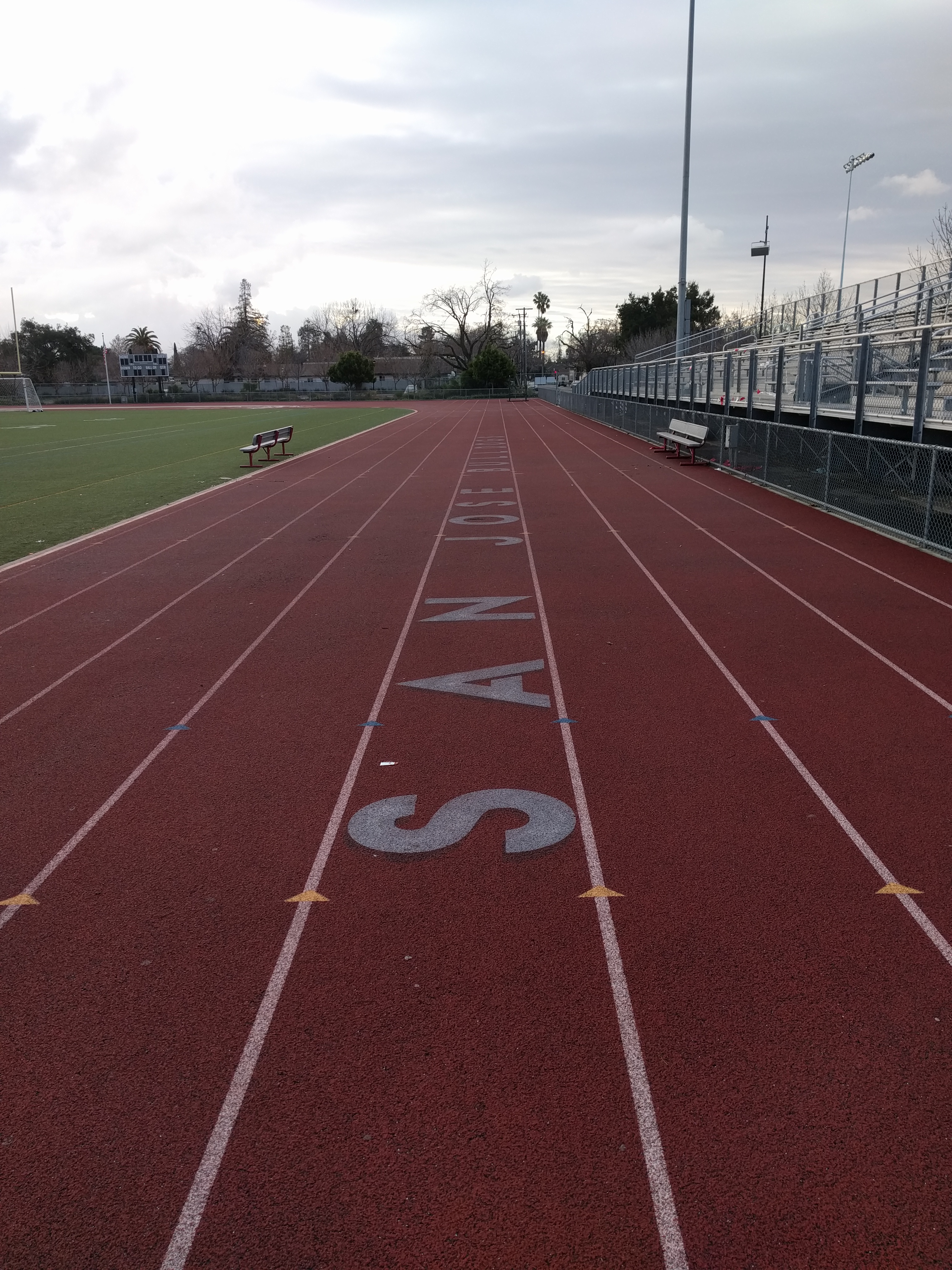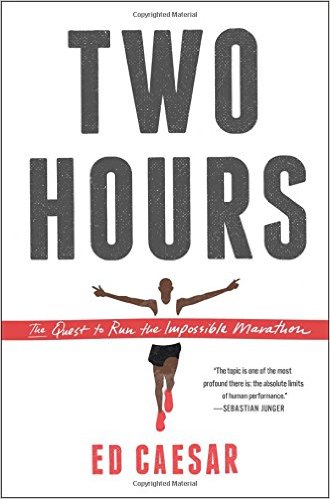Modesto Marathon training: the second bit
I think it’s safe to say with over 237 miles for January – with weeks looking like 50+ (x2) & 60+ (x2) – that we are in the thick of marathon training. YAY!! I really like it here.
Aside from the typical general aerobic and recovery runs, the key workouts and a high-level overview:
1/9: 11 miles with miles 4-7 at tempo (6:55-7:05 tempo target, 7, 7:06, 7:10 actuals)
Totally got my ass handed to me the first time I tried this run. I ran to a cinder and dirt track near home, and between just feeling off, the rain, the puddles on the track, and the wind (why is it always windy on tracks?), I couldn’t dial in the paces to save my life. I also had some GI issues right up until I began the tempo portion. This was a little mentally frustrating because not long before, I had nailed a 3 mile tempo (and had PR’ed my 5k in the process), but that’s running sometimes. I was frustrated but just thought of the big picture and kept going.

1/10: 17 miles with Meredith along the rollers (7:45-8:45 LR target, 8:04 avg)
Always thankful for running buddies for the long runs, though this morning’s run started out a bit rough thanks to a random creeper just hangin’ out. Ugh. Once that nonsense stopped, the run was actually pretty smooth, and Meredith and I had a good time running across my city and the neighboring ‘burb and a little over 400’ of rollers. Most of the uphills aren’t until the ‘back’ portion of the run, so it’s an especially good Boston simulator for her, and it just makes it extra fun.
1/16: 11 with miles 4-7 at tempo (6:47, :54, :47)
Another dreary Saturday in the early morning hours, so I decided to go to a different, non-dirt, non-cinder track for my tempo miles. I have been trying to make a conscious effort to dial in the pace on these tempo runs a bit because paces are prescribed for a reason. Running on a rubberized track when it’s raining and windy, and therefore hitting the prescribed paces, FTW, baby. This was a confidence-boosting run.
1/17: 17+ LR in pieces: 13.17 @ 9:23 avg (with 1,107′ gain) + 4.35 @ 7:47 avg
Saurabh had arrived back to the Bay Area the day before, so we decided a meet-up to run-up Monument Peak was in order. Apparently I had stupidly not taken into consideration how incredibly muddy and wet the trails would be – the pull-your-shoes-off-your-feet, take-one-step-up-the-hill-and-slide-back-down type of mud – and after just a few miles of that, we (at my lead) decided to bag it since I wanted to finish the LR as quickly as possible. We ended up just running around the park instead, picking up some decent non-super-muddy hill climbs. Saurabh stopped around 7 miles, and since I had been gone for a while by now, I felt my milk coming in (breastfeeding FTW) and knew that I’d just get progressively more uncomfortable, so I left my car at the park and just ran home. Do what you gotta do sometimes! I eventually got home, and literally as I was walking in the door, the baby was waking up, ready to eat. It wasn’t until much later in the day, post-brunch, that I got out to finish up the balance of the LR, but I did it. I don’t want to make a habit out of breaking up my LRs like this, but I gotta accommodate life (and my boobs), so whatevs. It worked. And hooray for actually feeling pretty great post-MP attempt, despite my lack of climbing over the past month and change.


1/23: 12 miles with 4-8 @ tempo (6:46, 49, 52, 45)
Back to my fav rain-friendly track since, again, it was a pretty dreary morning. I was pretty dubious that I wouldn’t die of GI distress during this run because my husband and I had a lovely date night the night prior, and my dinner consisted of movie theatre concessions… and popcorn is full of delicious fiber, gang. Fortunately, my guts held it together and didn’t decide to party until the CD miles. During the tempo, just like the week before, I tried to stay within striking range of my prescribed paces but started too quickly and began a slow burn before rallying for the final mile. I’d much rather start a tempo too slowly and negative split it than start too quickly and positive split. Pretty sure my stomach hurt for the rest of the day though. Lesson learned.
1/24: 18 solo miles @ 8:09 avg
18 miles can be formidable, and this run was replete with tons of mental negotiating and bargaining. I was alone – sans buddies or music – and felt like I was convincing myself with each mile to go just a little farther. My stomach again felt like ass for the first 4 miles, which sucked. I thought of about a million different scenarios that I could do – breaking up the run, bagging it entirely, you name it – but I ultimately just went with it. The funny thing is that I was never more than about 3 or 4 miles from home for the entirety of the run (hence the ever-present possibility of bagging it). I didn’t really begin to feel great until about 10 miles in, and by the time I was done, I was stupidly proud of myself because I worked through a ton of mental bullshit over 18 miles. Mental callousing, baby.
1/30: 12 with 4 @ tempo (6:55, 54, 49, 42)
“Dreary Saturday morning” is a thing these days in SJ, apparently. Back to my rain-friendly track for some fast running action, and I was determined to be smart about my pacing and hoped to reverse the “go too fast, kinda die, and then rally” tone from last week’s attempt. It’s so funny to think how the tempo running has been different for me postpartum than it was before I most recently got pregnant, and that’s probably a blog post in itself. I go into these runs a little anxious but more excited than anything – I get to run fast for a half hour or so! – and while I am concentrating on the paces, I feel fairly relaxed and as though I’m not digging or knocking on death’s door. HOORAY POSTPARTUM PROGRESS.

1/31: LR in parts: 4 @ 8:44 solo + 14 with pickups w/Meredith @ 8:22 avg
With a slight discrepancy in prescribed distances, and thanks to the baby’s eating schedule in the early morning, it worked out for me to run 4 easy miles by myself in the rain and dark before Meredith arrived. The two of us eventually set out to run 14 and change over the rollers again and took it easy on the front half before a nice progression and negative split home. The final miles for me went 8:29, 14, 08, 7:36, 29, 26, and 22, and I felt great on all of them. I’m still trying to find what my GMP is, and throwing in some fast finishes on my runs has helped clarify that a little.
The executive summary: all good. I’ll write another post on some ancillary stuff that I’ve been working on with this marathon cycle – some of it is specific to the postpartum period – since I’m already over 1,000 words for this post (sorry, friends’ eyeballs. Remember to blink periodically). I’m happy with how things are going and am excited to see what lies ahead. Here we go, February!

